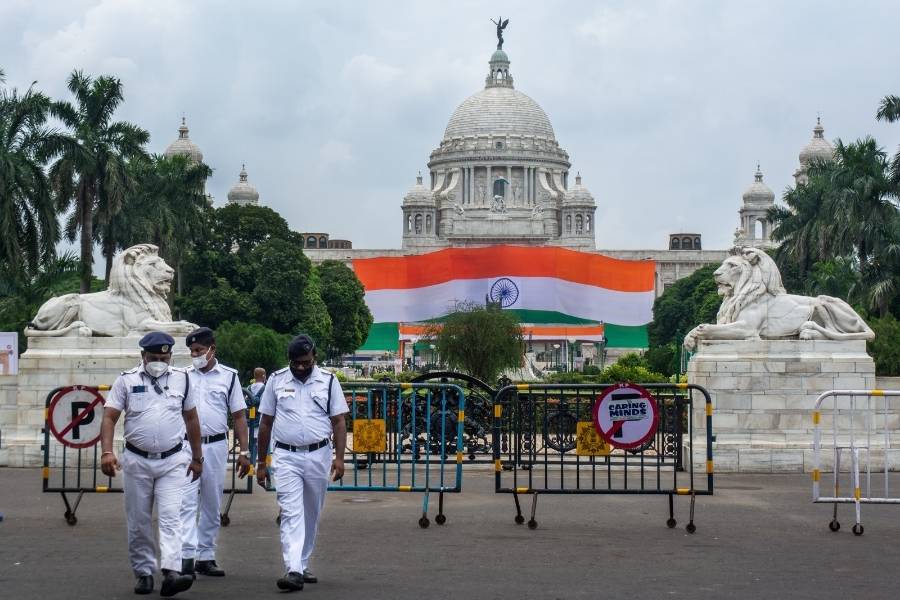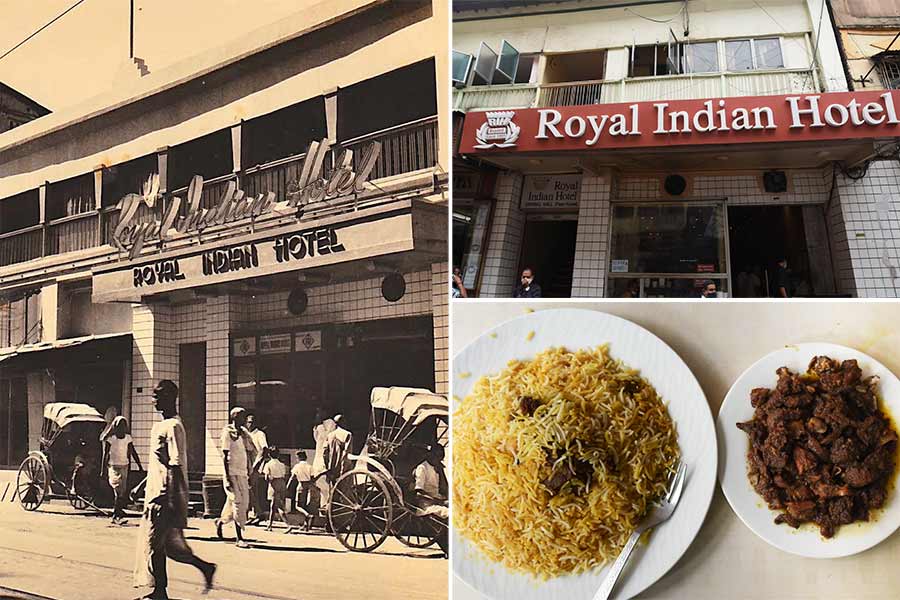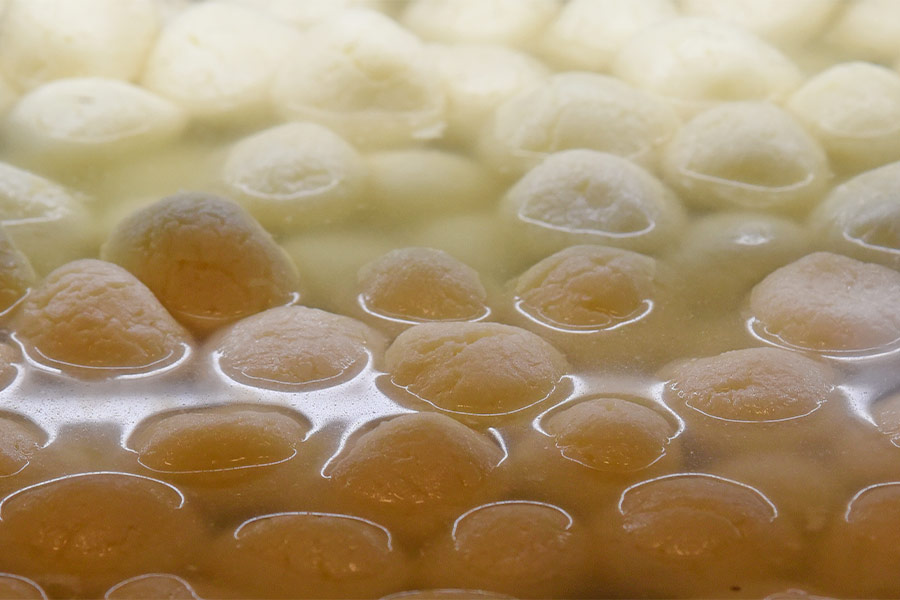On January 26, 2025, India completes 75 years as a republic, and steps into the 76th.
While we have achieved a lot in these years, a truly commendable aspect of our nation is how we have refused to let go of our roots in the pursuit of ‘progress’.
Every neighbourhood has remnants of the country that was still an infant, when it moved on from years of subjugation to draft an empowering Constitution way back in 1950. This Republic Day, My Kolkata speaks to some Kolkatans about the city’s symbols that show the heritage of this Indian Republic.
As is always the case, every conversation around Indian heritage starts with its food. Indrajit Lahiri, who is a food vlogger with popular YouTube channel, Foodka, believes that the best part of Indian food is how it manages to both hold onto its heritage essence, and adapt and evolve with time.
“My favourite heritage eatery is the Royal India Restaurant. It serves biryani that the city loves, but is very unlike the traditional Kolkata biryani! I also love Trincas for how they changed with time and turned themselves back, restoring their legacy. K.C. Das, which is my favourite mishti shop, hasn’t expanded its offerings, but has automated its processes and elevated the taste we have grown up with,” he says.
For percussionist Sambit Chatterjee, who plays the drums for popular indie band aswekeepsearching, his tryst with both music and patriotism intertwined in middle school. “For three consecutive years, I led my school, Birla High School, at Pariwar Milan, an annual state-level patriotic music competition. It was here that I discovered the genius of Salil Chowdhury and felt a rush through my spine when I sang his songs like Woh Din Hai Kitna Dur and O Alor Pothojatri,” he says.
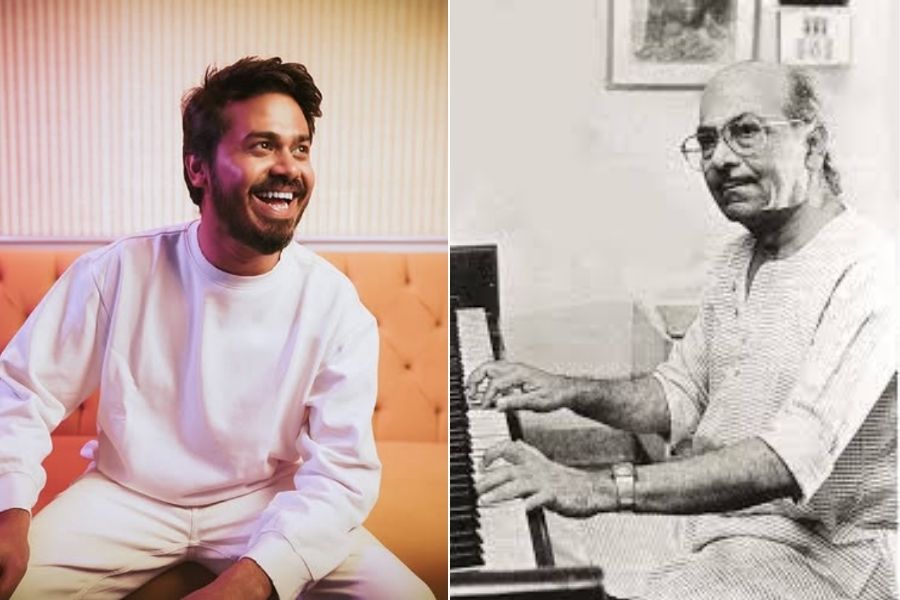
For drummer Sambit Chatterjee, much of his foundational notions of patriotism came from singing Salil Chowdhury songs
From his teenage years, Chowdhury’s music impressed upon Chatterjee the struggles that plague most Indians, and the need to end division. “For me, patriotism became the voice of truth, and not the voice of the powerful. It took the form of songs that unite people to live not just for themselves, but for others too,” he adds.
Mudar Patherya has been personifying this sentiment of giving back. Over the past year, with his team, The Kolkata Restorers, Patherya has successfully illuminated close to 60 heritage facades in the city, purely through crowdfunding. The Calcutta Illumination Project has become a landmark, bringing lost glory to much of the city’s architectural brilliance, which tells some of the most important stories of India’s republic.
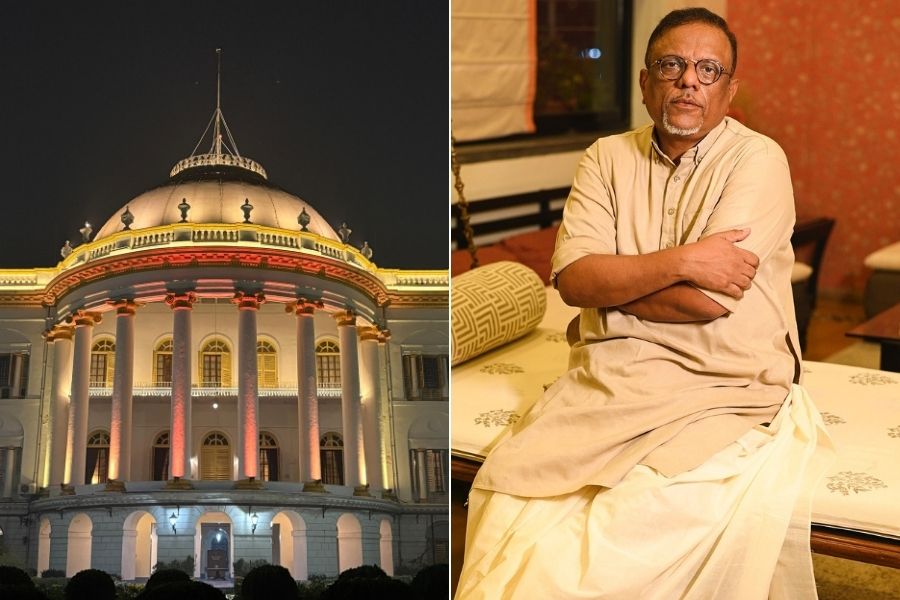
For Mudar Patherya, his recent illumination project at the Raj Bhavan makes it one of the most enchanting emblems of Indian heritage
While his popular heritage projects include St. Paul’s Cathedral and the National Insurance Building, the top spot is reserved for the Raj Bhavan aka the residence of the Governor, which was recently lit up in spectacular tricolour. “This Republic Day, the lawns of the Raj Bhavan will merge with the blue sky in the evening, backed by the illumination of the northern and southern facades. In my opinion, it will be the most enchanting sight in the city,” he smiles.
Fashion designer Navonil ‘Nil’ Das of Dev R Nil has been doing similar work on the fabric front. Over the past decade, Nil has been working towards providing more eyeballs to heritage Indian textiles, as a part of the core team of The India Story.
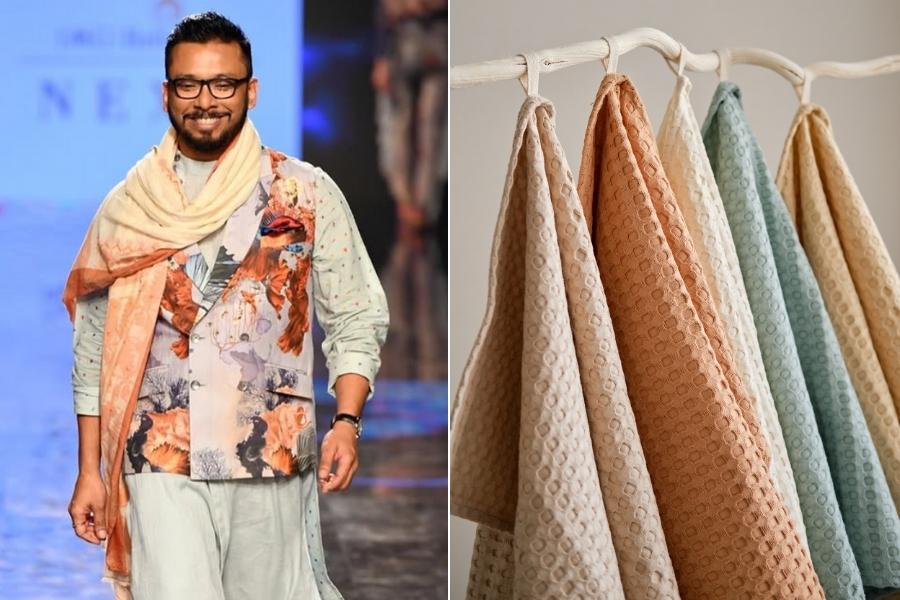
Navonil Das values the sense of purity evoked by muslin, which is a pride of Bengal
However, a special spot in his heart is reserved towards muslin, which he rues, isn’t easily found in good quality today. “Muslin has been Bengal’s, and by extension, India’s claim to fame across the globe. I love its sheer translucency and the fine soft fluidity of its texture. Unfortunately, very few weavers still weave the 600-count cotton muslin. But it still represents the purity, patience and dedication that made our country a sovereign republic,” he beams.
